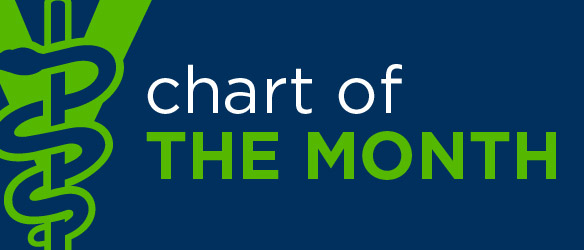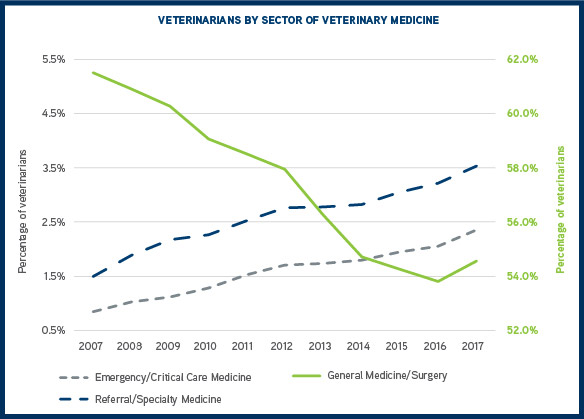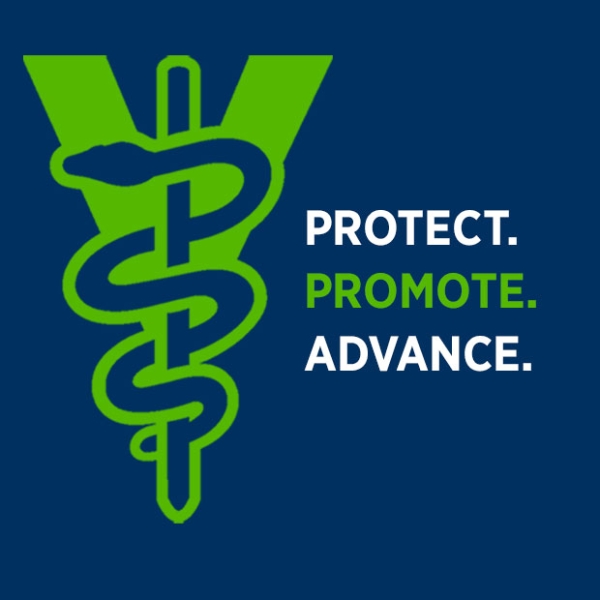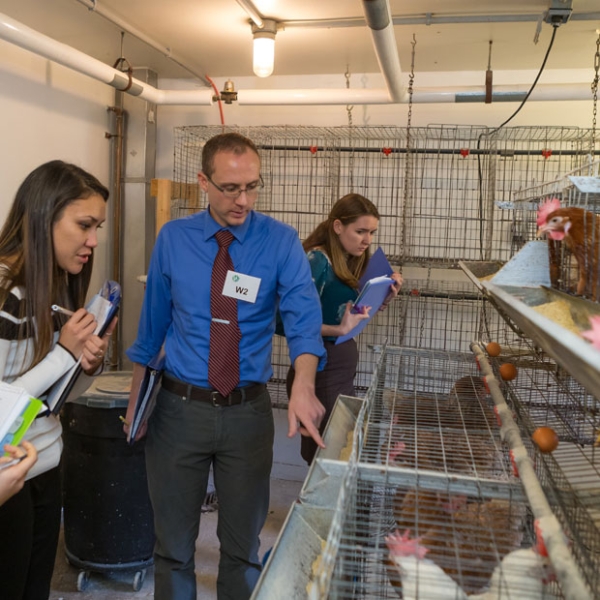Chart of the month: Shifting demand for veterinarians
 Editor's Note: This post kicks off a new feature on the AVMA@Work blog. Every month, we'll feature a chart, graph, or infographic to illustrate noteworthy trends in the veterinary profession. We hope these will provide practical context for the extensive research and analysis done by AVMA's economists.
Editor's Note: This post kicks off a new feature on the AVMA@Work blog. Every month, we'll feature a chart, graph, or infographic to illustrate noteworthy trends in the veterinary profession. We hope these will provide practical context for the extensive research and analysis done by AVMA's economists.
The veterinary profession is constantly evolving, and one of the trends we have seen in recent years is a movement toward increasing specialization. More and more veterinarians are seeking and receiving specialty credentials. The two charts featured here illustrate this and provide useful information about the demand for veterinarians.
This line graph, based on AVMA’s membership data, shows changes from 2007 to 2017 in the number of veterinarians working in various sectors. The population of general medicine veterinarians fell from 61.5 percent to 54.6 percent during that period – an average annual decline of 1.2 percent. Meanwhile, the number of veterinarians in emergency/critical care medicine and referral/specialty medicine increased consistently – at rates averaging out to 11.0 percent per year for emergency/critical care medicine and 9.2 percent per year for referral/specialty medicine.
 A related story can be read in this chart showing how the number of AVMA members holding specialty certifications (diplomates) has changed since 2007. Most specialty colleges have seen increases in their diplomates, but not all. The highest increase from both 2007-2012 and 2012-2018 is seen in emergency/critical care, where the number of diplomates rose by 70.3 percent from 2012-2018 alone. The next largest increases during the 2012-2018 period were in zoological medicine (28.9 percent) and radiology (26.1 percent). Toxicology, meanwhile, saw a 25.0 percent decline in the number of diplomates in the same period.
A related story can be read in this chart showing how the number of AVMA members holding specialty certifications (diplomates) has changed since 2007. Most specialty colleges have seen increases in their diplomates, but not all. The highest increase from both 2007-2012 and 2012-2018 is seen in emergency/critical care, where the number of diplomates rose by 70.3 percent from 2012-2018 alone. The next largest increases during the 2012-2018 period were in zoological medicine (28.9 percent) and radiology (26.1 percent). Toxicology, meanwhile, saw a 25.0 percent decline in the number of diplomates in the same period.
 Economic theory tells us that supply is driven by demand. That means that the increases we see in veterinarians working and specializing in emergency/critical care and other fields is evidence of growing demand for these services.
Economic theory tells us that supply is driven by demand. That means that the increases we see in veterinarians working and specializing in emergency/critical care and other fields is evidence of growing demand for these services.
Why is this happening? Our research for the 2017-2018 AVMA Pet Ownership & Demographics Sourcebook identifies some possible reasons:
- Changing demographics of the pet population: There are more older pets than there used to be.
- Relationship between pets and pet owners: Most pet owners now consider their pets to be family members. This could make them more inclined to seek specialized care.
- Demographics of pet owners: Income level is known to shift the demand curve for veterinary services. Level of education and household type also could affect the type of pet health care service desired.
We’ll explore those factors further in future Charts of the Month.
For additional data see these resources:



Comments
Add New Comment